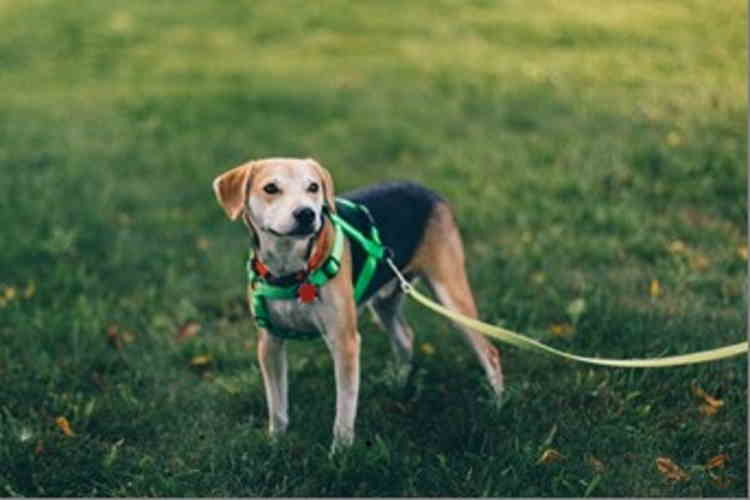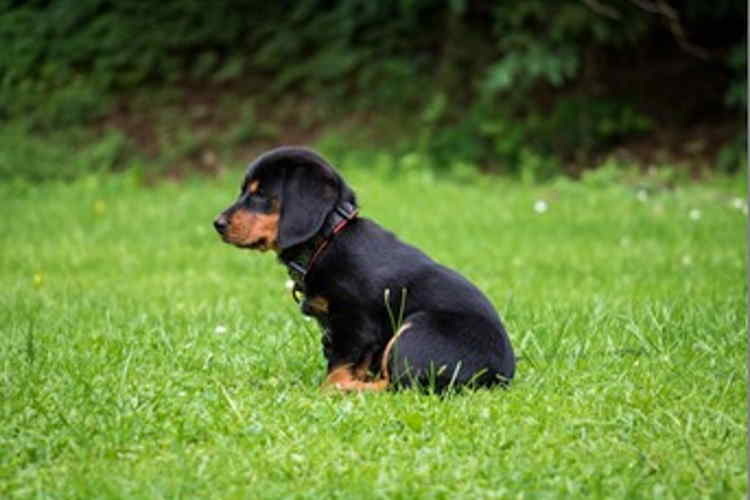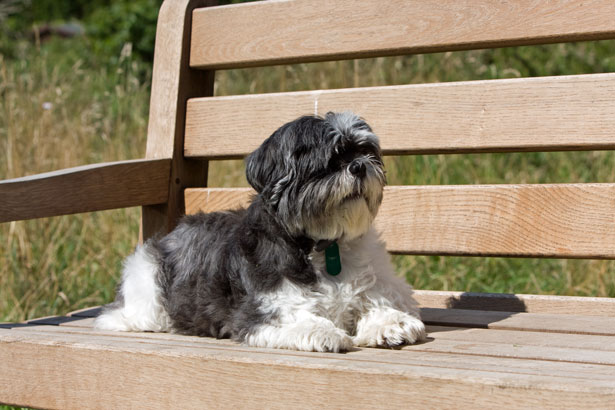Leash Training: Teaching Your New Puppy to Walk Nice
AUGUST 22, 2018| WRITTEN BY RACHEL BURNS
That dogs are man's best friends is no lie. Matter of fact, most people find it more fun to hang out with their dogs than fellow humans and for obvious reasons.
In the United States alone, there are almost 90 million dogs kept as pets, making the country arguably the most dog-friendly in the world.

As it is, a lot of people prefer to buy small puppies and train them as opposed to buying matured dogs. Among the various aspects, one needs to train a new puppy on is how to walk on a leash.
This is important because walking your puppy, apart from being a great bonding experience, is also a form of exercise.
Below is a simplified outline of a basic leash training program for your new puppy to get them to cooperate and not be fussy when you take them for a walk.
What You'll Need
- Leash
- Harness
- Delicious dog treats
Get Your Puppy Accustomed to Being Leashed
Dogs, just like humans, were not made to be walked around on leashes and hence, there will be some resistance when you first put a leash on your puppy. However, you can train your puppy to feel comfortable with a harness or collar on, and the rest will be all easy.
Here's how:
- While seated on a couch, or better yet, on the floor, hold the harness up to your pup's face and ensure he smells it. If he reacts positively, give him a treat while gently massaging the top of his head, or wherever else he likes being touched.
- Now carefully and gently put the leash over his neck and give a treat after successfully doing so. Remove the leash after 3-5 seconds.
- Repeat this several times, giving treats every time you put the leash on.
- Now, increase the time the harness stays on his back, from 3 to 10 seconds.
- Take a small break now to get the puppy relaxed and comfortable again.
- Next, put the harness on again and treat, buckling the first and second buckles in between treats.
- Lead him on a little game of fetch by throwing treats or items some distance from you and encouraging him to fetch them. This distracts the little doggy from the unfamiliar feeling of having a harness on his back.
- After the play session, feed the little puppy with some dog food (not treats) and gently remove the leash as he feeds.
Carry out the familiarization exercises four to five times a day for a couple of days until your puppy stops being fussy or restless with the harness on. Only then should you proceed with the next batch of exercises.
Adding the Leash
For this second step, get a quiet, peaceful room with minimal distractions to begin the first phase of the leash training.
Start by putting the harness on, then a gentle massage, a treat and a verbal show of approval. This can be a drawn-out "yesss" or a cheerful "good job, boy!" - anything to communicate your love and affection to the little pup.
Now clasp the leash on and stand still, allow him to get acclimatized to the feeling and move around a little. Give a treat in the process. Next, take a few steps to different directions, gently tugging on the leash each time.
Make sure to give some treats every time he looks up at you in the process as motivation and for encouragement.
After a few iterations, spice up your repertoire by moving around the room, alternately slowing down and speeding up after every few steps.
Give treats every time he looks up at you in the process, to give the impression that despite the leash, you're still interested in bonding.
Develop a Cue Sound
It is important to establish a way of letting your puppy know when to walk away from you, sit down and come back to you. This can be in the form of words, finger clicks or tongue clucking sounds.
Remember, dogs learn and pick up habits through repetition, and you can teach your puppy to obey your cues by giving him treats every time he does so.
Hit the Outdoors

After training puppy how to walk on a leash indoors, it's time to hit the outdoors.
Here, there are lots of distractions in the form of smells, sights, and sounds and at first, your puppy will be lunging at anything and everything, moving or stationary.
This should not worry you though.
Puppies are very curious and playful and like to explore the world around them.
The key is to be patient and only retain a firm grip on the leash, no yanking or sudden pulling or you risk hurting the neck and trachea.
Above all, give treats when the puppy obeys your cues and is a good boy during walks.
As with anything else, regular practice is key to your puppy walking nicely on a leash.
However, don't get too excited and overdo it.
Ten minutes per day for the first few weeks is good enough for small puppies. You can gradually increase or decrease the session times depending on your assessment of the dog's behavior.
They say you can't teach an old dog new tricks, but you can easily train a new puppy to smoothly walk on a leash within just a couple of weeks.
Just be patient, observant and follow the steps outlined in the article and you will be well on your way.
That said, have you ever leash trained a puppy before? What was your experience? What tips would you give to budding puppy owners? Let us know in the comments below.
ABOUT THE AUTHOR:
Rachel Burns is an animal lover and journalist based in Dallas. She's currently an editor of AllPetsExpert.com, a web site that helps pet owners learn more about animal behaviors, their training, health, food, etc



